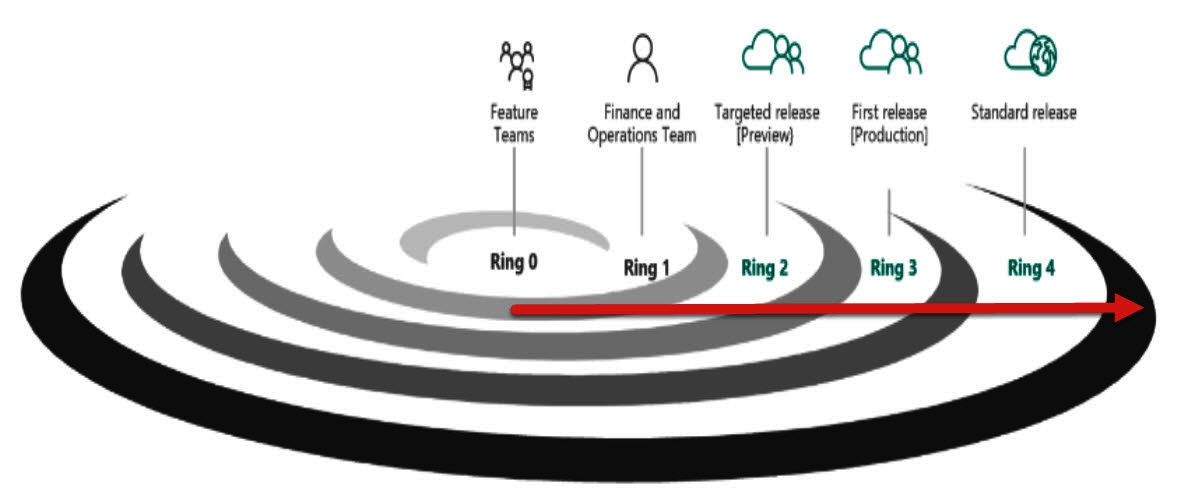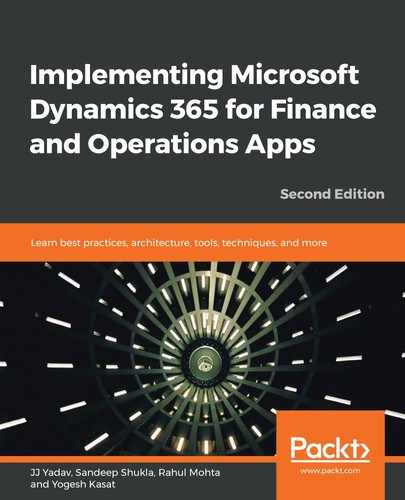What are the core principles behind the One Version service update? Let's explore them here:
- All customers on the latest product version: The first and foremost principle of One Version is to get all of the customers using Finance and Operations on the latest product version. This helps customers to continuously make use of new features at the same time. This way Microsoft can have better support for all the customers and, at the same time, customers know what to expect and never have to worry about upgrades.
- Backward compatible: Service updates come with backward compatibility, which means service updates can be applied to an environment with existing customization from a partner or an environment with an independent software vendor (ISV) solution that hasn't been updated yet.
- Ring-based validation and release: One of the most important steps in any new feature release is to make sure it goes through an extensive testing and validation process. Ring-based testing is used before the update is released for general use, as follows:
- Ring 0: Testing starts with the feature team.
- Ring 1: The Dynamics Finance and Operations team and the retail team test the new update.
- Ring 2: Customers, partners, and ISV who have joined the Preview Early Access Program (PEAP) for targeted release test the update; in this phase, the update cannot be applied to the production environment.
- Ring 3: This is similar to Ring 2 but in this case, once the customer is satisfied, then they can apply the update to the production environment.
- Ring 4: The update is ready for general public use.
Let's see this in a graphical presentation:

- Automated testing: Using the RSAT tool, customers can automate the testing and reduce the testing and deployment time significantly. Users can create the test scripts using the task recorder and then feed it to the RSAT tool for automated testing.
- Reduced downtime window: As a customer, if you are planning to update your ERP system continuously throughout the year, one of the most critical aspects is to plan for system downtime. One thing we have seen in a typical ERP upgrade project is that you need a significant downtime window to execute the final upgrade process and this downtime can be several hours to days depending on your data size and the complexity of the upgrade. With One Version, Microsoft aims to reduce the downtime required to uptake service updates to zero. Currently, zero downtime is applicable to Microsoft Package deployment only.
- Customer in control: Customers can choose and decide when to get the new service update. Service updates are released eight times a year, and the customer can either choose to get all eight of these or skip some but they need to get at least two service updates, which are required in a year.
